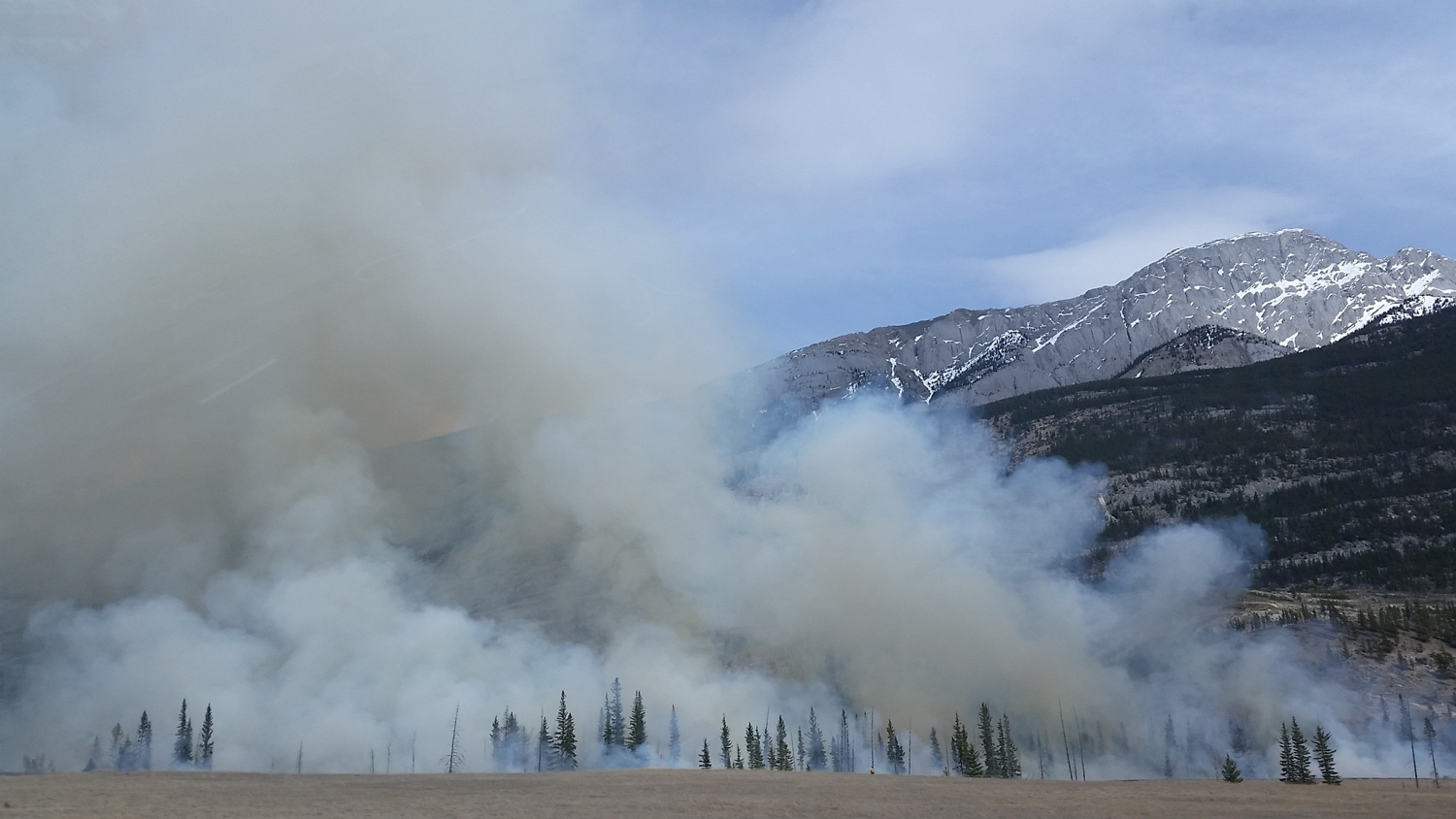As devastating wildfires continue to pose a significant threat to communities in many parts of Canada, it has become increasingly crucial to take proactive measures to protect our homes and loved ones. If you live in a wildfire-prone area, it’s crucial to be prepared for fire activity. Every year, wildfires destroy thousands of homes; however, there are steps you can take to help slow or interrupt the path of fire near your property.
Consider the following guidelines for improving wildfire safety at your house:
- Build smart. Choose fire-resistant roofing materials (e.g., slate, metal or clay) and safe materials for your house’s siding, like fibre cement. Repair or replace these materials when necessary.
- Remove clutter. Regularly clean your roof, gutters and surrounding property of anything that could fuel a wildfire (e.g., leaves, dead vegetation or fallen branches).
- Store safely. Keep fuel sources and firewood stored at least 15 metres from your house.
- Have an emergency water supply. Clearly label emergency water supply sources on your property to help first responders locate them if there’s a fire. Acceptable sources may include pools, ponds, storage tanks and fire hydrants.
- Landscape carefully. Plant drought- and wind-resistant vegetation that is native to the area and slow-growing. Keep plants safely spaced away from your home and away from other plants to stop flames from spreading quickly.
- Secure adequate insurance. Take inventory of your personal belongings and their value. Review your homeowner’s insurance policy with your broker to ensure you’ll be adequately compensated if a wildfire damages your home or possessions. Adjust your coverage accordingly.
- Develop an Emergency Evacuation Plan: Prepare and practice an evacuation plan with your family, ensuring that everyone knows the escape routes and designated meeting points. Keep essential documents, emergency kits, and a list of emergency contacts readily accessible. Stay informed about local emergency services and wildfire updates through reliable sources.
Protecting your home from wildfires requires a proactive and comprehensive approach. By creating a defensible space, implementing fire-resistant landscaping, using appropriate building materials, maintaining your property, and staying informed, you significantly increase your chances of safeguarding your home from these destructive events. Remember, every step you take to protect your property is an investment in the safety and security of your family and community. Be sure to check out our Resource Centre for more tips.





